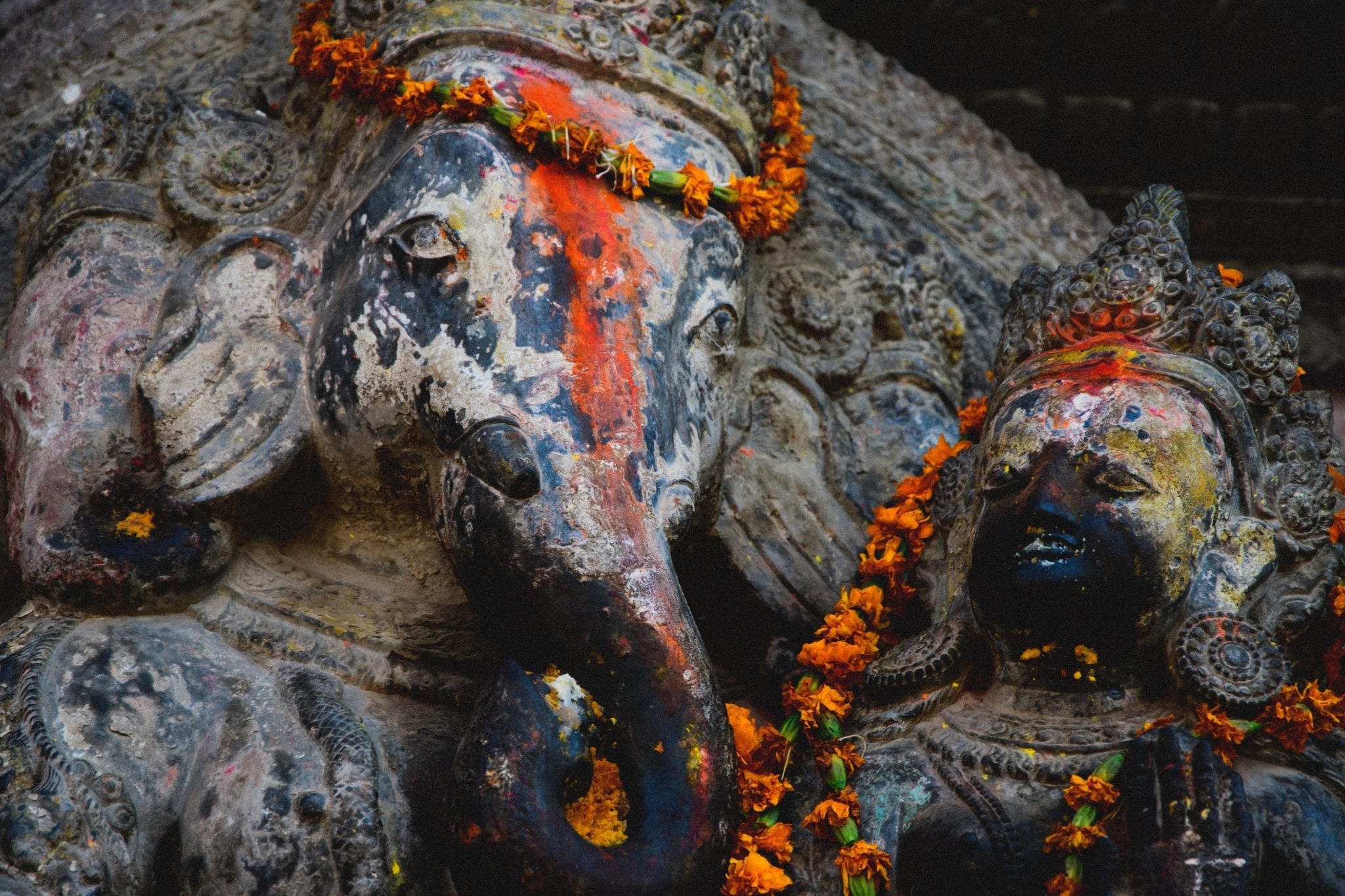August 5th was a significant date for India, marking two events that signified further steps in the shift away from its secular roots towards a Hindu state. First, it marked the one-year anniversary of the repeal of Kashmir and Jammu’s semi-autonomous status. At the same time, the Prime Minister Narendra Modi ceremonially laid the foundation of a new Hindu temple in Ayodhya to be built on the grounds of a destroyed mosque.
One year ago, on August 5th 2019, India’s central government voted to revoke Article 370 from the Indian constitution – a move that had been on the ruling Bharatiya Janata Party (BJP)’s agenda for decades. It effectively stripped the North-Eastern province of Jammu and Kashmir’s ability to self-govern. The day after, the central government divided the province into two union territories, Jammu and Kashmir, and Ladakh to be governed from New Delhi.
By further annulling Article 35A – the province’s permanent residents’ exclusive rights to owning immobile property – voting in and contesting elections were voided. In a further law in early 2020, it was made possible for citizens from elsewhere in India to become permanent residents of the province for the first time.
What is more, the revocation of the province’s semi-autonomy was followed by a huge influx of military forces into the region, mass detentions, a complete lockdown on movement and a shutdown of the internet that partially persists today. Prominent politicians were imprisoned as the legislature was shut down – some of them are yet to be released.
Why is this significant? Well, Jammu and Kashmir is India’s only Muslim-majority state. It is also the Indian-controlled section of the contested Kashmir region, which has been a source of tension between India and Pakistan since partition. As such, the Muslim residents of Jammu and Kashmir were staunchly protective of their autonomy and self-government, which has now been unilaterally revoked.
Muslims in Jammu and Kashmir have one key fear: demographic change. Many believe the central government and ruling BJP party are trying to change the region’s ethnic, social and religious customs by assimilating Jammu and Kashmir with the rest of the country and eliminating its Muslim-majority – in line with their Hindu nationalist agenda.
The central government, on the other hand, has sought to depict the decision as one motivated more by economics than politics. They say it is an attempt to encourage investment into the isolated province and to reduce the economic inequality between it and the rest of the country. The military crackdown was justified by security concerns in the volatile region.
However, the lockdown that followed the 2019 decision and the subsequent coronavirus pandemic has frozen the region’s economy at the same time as it has denied its inhabitants basic rights including access to education, health care and internet.
It is also likely that rather than lifting the region’s inhabitants out of economic hardship, investment in the region will take the form of large, exploitative companies coming from elsewhere in the country – leaving the inhabitants worse off. Some also argue that the militarised clampdown on the region will fuel further unrest. Coupled with the ensuing economic hardship, it could result in more rather than less instability.
That same day, on August 5th, as security forces warily watched the streets of Jammu and Kashmir for signs of potential unrest, the Prime Minister Narendra Modi was in Ayodhya, laying the foundation of a Hindu temple. The temple was to be constructed on the site where a mosque had once stood – a mosque of bloody significance in India’s recent history.
In 1992, that mosque that had been constructed in the 16th century, was illegally demolished by mobs of Hindu nationalists. They claimed it had been built on the site of a Hindu temple. The resulting protests shook the nation and cost the lives of close to 2000 people.
Recently, the Indian supreme court had decided in a closely-watched court case to grant the site to the Hindus to construct a new temple there. They cited archaeological evidence that the site had indeed once been the site of a Hindu temple. As compensation, the Muslim contingent was granted a site elsewhere in the city. Whilst the demolition was ruled as illegal, no punishment was meted out.At the event on Wednesday, Modi said it signalled the “dawn of a new era.” His ruling party has, over its last six years in power, sought to slowly chip away at India’s secular foundation, bringing it ever closer to a Hindu state. Since a landslide election victory in May 2019, that process has accelerated. August 5th marked two events that continued that shift. For India’s 172 million Muslims, it may have felt less like dawn and more like dusk – the end of an era of secularism in India.
Words by Reuben Bharucha
Support The Indiependent
We’re trying to raise £200 a month to help cover our operational costs. This includes our ‘Writer of the Month’ awards, where we recognise the amazing work produced by our contributor team. If you’ve enjoyed reading our site, we’d really appreciate it if you could donate to The Indiependent. Whether you can give £1 or £10, you’d be making a huge difference to our small team.
